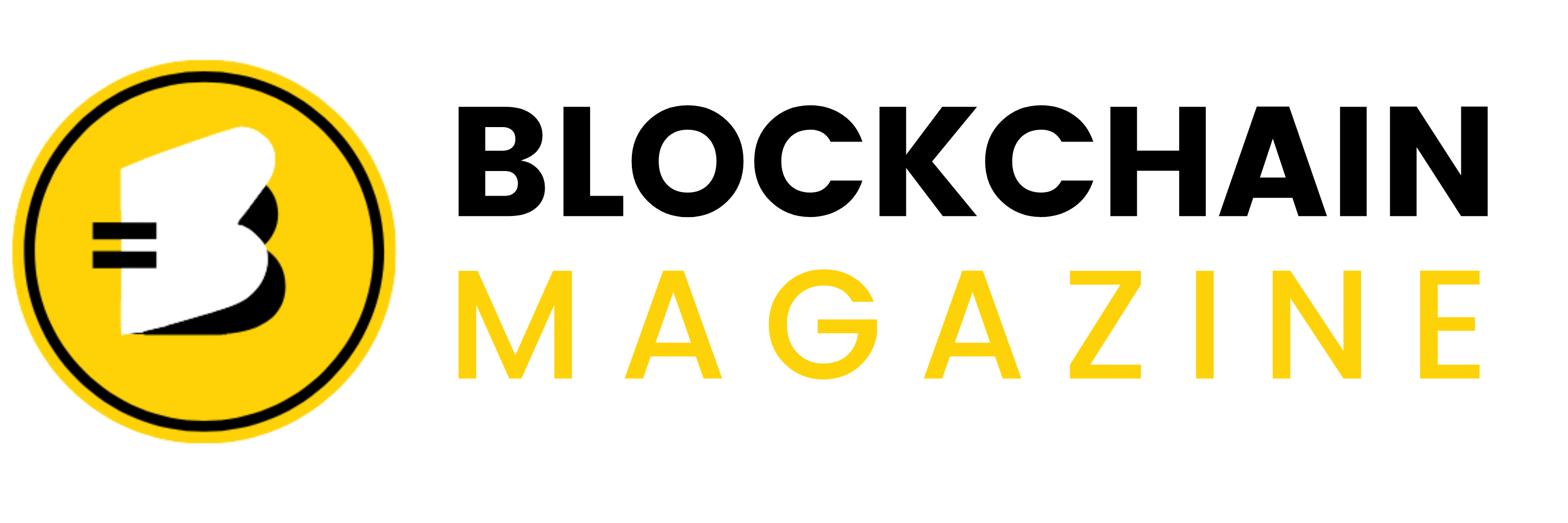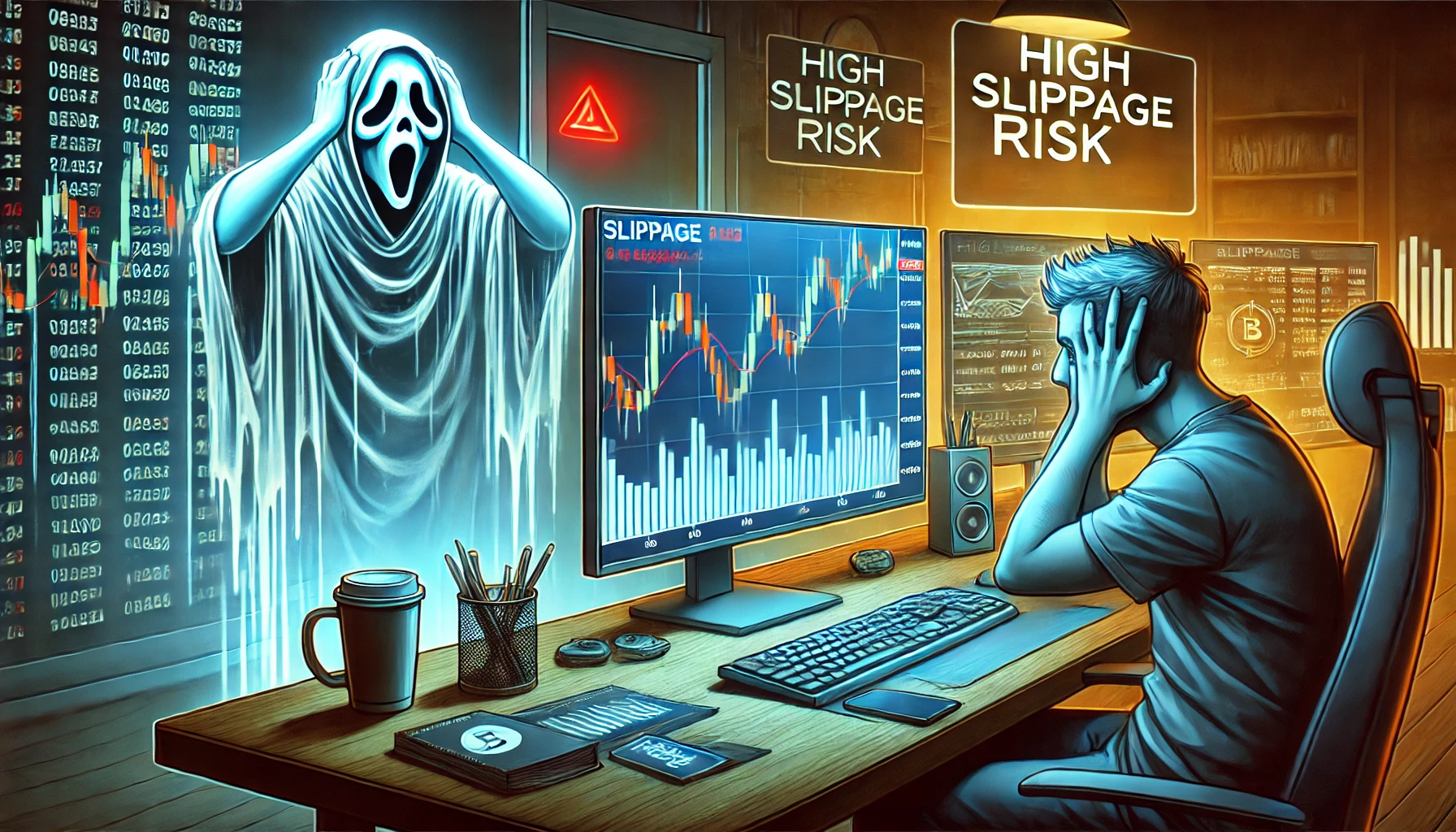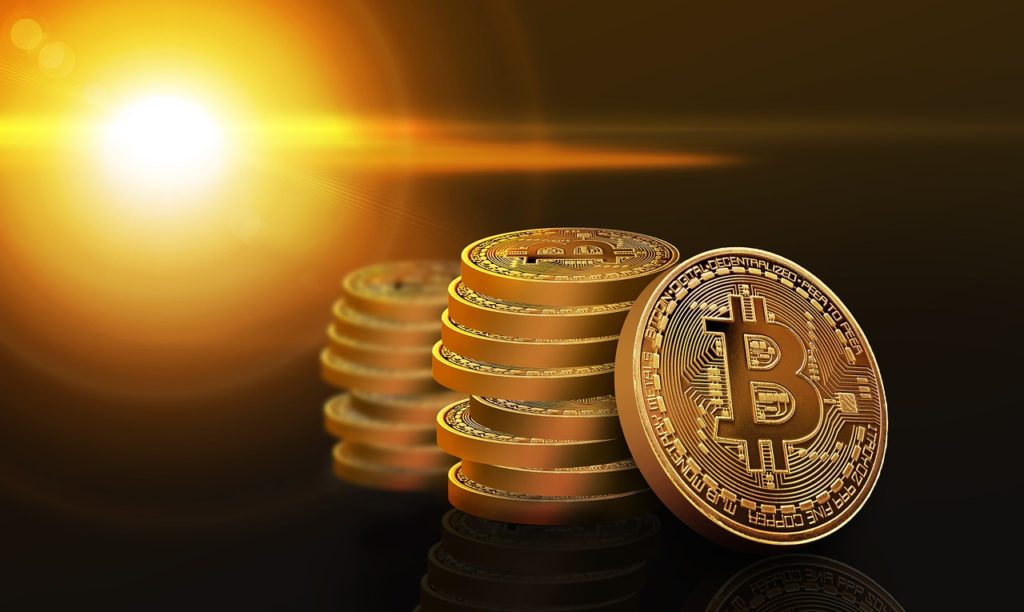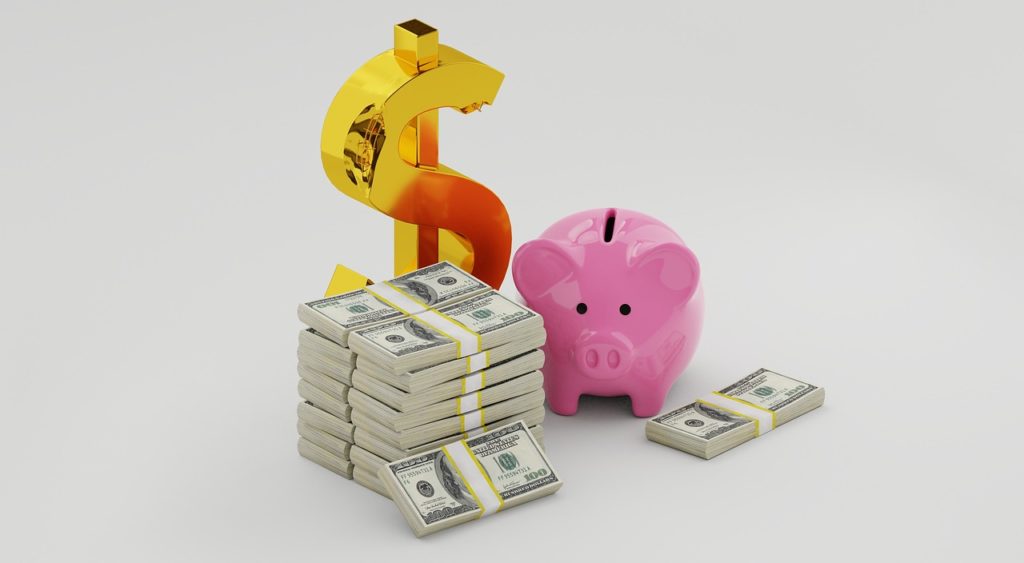What is Slippage in Crypto? How to Avoid Losing Money in Trading
Ever tried buying or selling crypto and noticed the price wasn’t what you expected? That’s slippage. It’s when the price you plan for isn’t the price you get. It can be annoying, especially if you’re on a tight budget. But understanding why it happens and how to deal with it can save you some headaches. Let’s break it down and see how you can keep more of your money when trading.
Key Takeaways
- Slippage is when the trade price differs from what you expected.
- Market volatility and low liquidity often cause slippage.
- Positive slippage can save you money; negative slippage can cost you.
- Limit orders and high-liquidity platforms help reduce slippage.
- Setting slippage tolerance can protect against unexpected price changes.
Understanding Slippage in Cryptocurrency Trading
Definition and Explanation
Slippage in cryptocurrency trading is when the price you expect for a trade doesn’t match the actual price at which the trade is executed. Imagine you’re at a store, eyeing a gadget priced at $100, but when you reach the checkout, it rings up at $105. That’s slippage in action. In crypto, this happens because of rapid market changes between placing and executing an order.
Examples of Slippage
Let’s say you want to buy 1 Bitcoin for $50,000. Suddenly, due to market volatility, the actual price ends up being $50,500. This $500 difference is slippage. Sometimes, though, you might get lucky. If the price drops to $49,800, you’ve just experienced positive slippage.
Impact on Trading
Slippage can seriously affect trading outcomes. It can increase costs and reduce profitability, especially if trades consistently execute at less favorable prices. For traders, understanding slippage is key to managing risk. It can be a headache, but knowing how it works helps in making better trading decisions.
Slippage isn’t always bad; it’s part of the trading landscape. Knowing how to handle it can make a big difference in your trading success.
Causes of Slippage in Crypto Markets
Market Volatility
Cryptocurrency markets are known for their wild price swings. Volatility is a major player here, causing prices to shift quickly. When you’re trying to make a trade, even a small delay can mean the price you get isn’t the one you expected. This can lead to slippage. For example, you might place an order to buy Bitcoin at $30,000, but by the time the trade goes through, the price could have jumped to $30,200.
Low Liquidity
Another big cause of slippage is low liquidity. This happens when there aren’t enough buyers or sellers in the market to match your trade at the price you want. Imagine trying to buy a rare item at an auction where only a few people are bidding. The price could easily go higher than you planned. In crypto, if the market isn’t liquid enough, your trade might fill at a different price than you expected.
Network Congestion
Sometimes, the network itself can get crowded. High trading volumes can overwhelm the system, slowing down transaction times. This delay can cause the price to change before your trade is completed, resulting in slippage. It’s like trying to get through traffic during rush hour; everything takes longer, and you might not end up where you thought you would.
Slippage in cryptocurrency trading is a common issue, often occurring during volatile market conditions or when liquidity is low. Understanding these causes can help you better manage your trading strategies.
Types of Slippage: Positive and Negative
What is Positive Slippage?
Positive slippage is like finding a $20 bill in an old jacket—it’s a nice surprise. In crypto trading, this happens when your trade gets executed at a better price than you expected. Imagine you’re buying Bitcoin at $60,000, but thanks to a sudden market dip, you end up getting it for $59,800. This unexpected bonus can boost your profits and is often the result of fast-moving markets where prices drop just as you’re placing your order.
What is Negative Slippage?
Negative slippage, on the other hand, is the flip side of the coin. It occurs when your trade is executed at a worse price than you planned. Say you’re selling Ethereum at $2,000, but the market shifts, and you end up selling for $1,980. This can eat into your profits or even increase losses, especially in volatile markets where prices swing rapidly.
Examples of Each Type
- Positive Slippage Example: You place a buy order for 1 Bitcoin at $60,000. The market moves in your favor, and the order is filled at $59,800. You’ve just saved $200.
- Negative Slippage Example: You set a sell order for Ethereum at $2,000. Due to market volatility, the order executes at $1,980, costing you $20 more than expected.
Slippage in cryptocurrency trading can significantly impact your trading outcomes. Understanding the difference between positive and negative slippage helps in strategizing effectively. Learn more about slippage in cryptocurrency and how it affects your trades.
Strategies to Minimize Slippage
Using Limit Orders
Limit orders are like setting the rules before joining the game. Instead of accepting whatever the market throws at you, you decide the price you’re willing to pay or receive for a cryptocurrency. This approach helps in preventing trades from going through at unexpected prices. Imagine you’re buying a new gadget, and you tell the seller, “I’ll pay this much and not a penny more.” That’s what a limit order does for your trades.
Choosing High-Liquidity Platforms
When picking a trading platform, liquidity is key. High liquidity means lots of trading activity, which usually translates to your trades being executed closer to your desired price. Think of it like shopping in a crowded market where there’s always someone ready to buy or sell. Platforms with higher liquidity often have a better chance of filling your orders without slippage.
Adjusting Slippage Tolerance
Every trading platform allows you to set a slippage tolerance. This is essentially the amount of price movement you’re willing to accept before a trade is canceled. If you’re too strict, your trades might not go through, but if you’re too lenient, you might end up paying more than you planned. It’s a balancing act. Adjusting this setting can be the difference between a successful trade and an unexpected cost.
Slippage is like the unexpected detours on a road trip. You can’t always avoid them, but with the right preparation, you can minimize their impact and keep your journey on track.
The Role of Slippage Tolerance in Trading
Setting Slippage Tolerance
Slippage tolerance is a critical setting in trading that helps you define how much price fluctuation you’re willing to accept when executing a trade. Think of it as your safety net against unexpected price jumps. Setting a slippage tolerance means deciding on the maximum percentage difference between the expected trade price and the actual price. If your slippage tolerance is set at 1%, you’re okay with a 1% difference between what you expect and what actually happens in the market. If the slippage exceeds this threshold, your trade won’t go through. This is a key part of risk management, ensuring you don’t get caught off guard by wild price swings.
Balancing Risk and Reward
Finding the right balance between risk and reward is what slippage tolerance is all about. If you set your tolerance too low, you might miss out on trades because the market moved too fast. On the flip side, setting it too high might mean you’re accepting too much risk, possibly paying more than you’d like. It’s about knowing your comfort zone and how much you’re willing to risk to achieve your trading goals. Market conditions and your personal risk appetite play a big role here. In volatile markets, a higher tolerance might be necessary, but it comes with its own set of trade-offs.
Examples of Tolerance Settings
Let’s look at some examples to make this clearer:
- Low Tolerance Setting (0.5%): Ideal for stable markets where you want trades to execute close to your expected price. However, this might lead to missed opportunities in fast-moving markets.
- Medium Tolerance Setting (1%): A balanced approach for traders who want some flexibility without taking on too much risk. This setting is common among traders who want to stay active without overcommitting.
- High Tolerance Setting (2% or more): Useful in volatile markets where price swings are common. This ensures your trades go through but be prepared to pay more than expected.
Setting the right slippage tolerance is like picking the right gear for your trading bike. Too tight, and you might not move forward; too loose, and you could lose control. It’s about finding that sweet spot where you’re comfortable and confident in your trades.
Understanding and setting your slippage tolerance can make a big difference in your trading experience. It’s one of those small adjustments that can help you avoid unnecessary losses and keep your trading strategy on track. So, when you’re setting up your next trade, take a moment to consider your slippage tolerance—it might just save you from a costly mistake.
Why Avoiding Excessive Slippage is Crucial
Impact on Trading Costs
When slippage happens, it can really mess with your wallet. Imagine planning a trade, thinking you know the cost, but then, bam! The price changes right when you’re about to buy or sell. This unexpected shift means you end up paying more than you wanted, which can eat into your profits. It’s like going to a store with a coupon, only to find out it expired. Keeping an eye on slippage helps you stay within your budget and reach your financial goals.
Effect on Trading Accuracy
Accuracy is key in trading, but slippage can throw a wrench in the works. You might have a strategy all set up, but if the price moves unexpectedly, your plan might go out the window. This is especially true for those who trade frequently and depend on precise execution. When trades don’t go as planned, it can lead to missed opportunities or losses. It’s like trying to hit a moving target—tricky and frustrating.
Increased Risk and Reduced Confidence
Slippage adds a layer of risk to trading. Imagine setting up a trade, expecting one outcome, but ending up with something else entirely due to price changes. This unpredictability can lead to significant losses, especially in volatile markets. And let’s face it, when trades don’t go as planned, it can shake your confidence. Consistent slippage might make you second-guess your decisions, making it harder to trade effectively.
Avoiding excessive slippage is like keeping your car in good condition. It ensures smooth rides and avoids unexpected breakdowns. In trading, managing slippage helps maintain stability and predictability in your investments.
For those dealing with large crypto orders, minimizing slippage is key to keeping prices stable and reducing unwanted price shifts.
How to Choose the Right Trading Platform to Minimize Slippage
Evaluating Liquidity
Choosing a trading platform with high liquidity is crucial. Platforms with high liquidity have more active traders, making it easier to buy or sell assets at your desired price. High liquidity means your orders are more likely to be filled quickly and at the price you want. Consider checking the trading volume and the number of active users on a platform before making your choice.
Considering Trading Fees
Trading fees can eat into your profits if you’re not careful. Look for platforms with competitive fee structures. Some platforms might have lower fees but offer less liquidity, so it’s important to find a balance. Always compare the fee structures of different platforms to ensure you’re not overpaying.
Platform Reputation and Reliability
The reputation of a trading platform can tell you a lot about its reliability. Check reviews and user feedback to ensure the platform is trustworthy. A reliable platform will have a track record of security and efficiency, reducing the risk of slippage due to technical issues.
Picking the right trading platform is like choosing the right tool for a job. It can make your trading experience smoother and more predictable. Take your time to research and choose wisely.
Wrapping It Up
So, there you have it. Slippage in crypto trading is like that unexpected bump in the road you didn’t see coming. It can mess with your plans, but knowing how it works gives you a leg up. By using limit orders, picking the right platforms, and setting your slippage tolerance, you can keep those surprises to a minimum. Remember, every trade has its risks, but with the right strategies, you can trade smarter and keep more of your money where it belongs—in your pocket. Happy trading!
Frequently Asked Questions
What is slippage in crypto trading?
Slippage in crypto trading is when the price you expect to pay or receive for a trade is different from the price at which the trade is actually executed. This can happen due to fast-moving markets or low liquidity.
Why does slippage happen in cryptocurrency markets?
Slippage occurs because of rapid market changes, low liquidity, or network congestion. When there aren’t enough buyers or sellers, or when the market moves quickly, the price can change before your trade goes through.
How can I reduce slippage when trading crypto?
You can reduce slippage by using limit orders, choosing platforms with high liquidity, and setting a slippage tolerance to control how much price movement you are willing to accept.
What’s the difference between positive and negative slippage?
Positive slippage is when you get a better price than expected, saving you money. Negative slippage is when the price is worse than expected, costing you more.
What is slippage tolerance in trading?
Slippage tolerance is a setting that lets you decide how much price movement you are willing to accept on a trade. If the price moves more than this amount, the trade will not go through.
Why is it important to avoid high slippage?
Avoiding high slippage is important because it can increase your trading costs, make your trades less accurate, and reduce your confidence. It may also lead to unexpected losses.
Stay informed with daily updates from Blockchain Magazine on Google News. Click here to follow us and mark as favorite: [Blockchain Magazine on Google News].
Get Blockchain Insights In Inbox
Stay ahead of the curve with expert analysis and market updates.
latest from tech
Disclaimer: Any post shared by a third-party agency are sponsored and Blockchain Magazine has no views on any such posts. The views and opinions expressed in this post are those of the clients and do not necessarily reflect the official policy or position of Blockchain Magazine. The information provided in this post is for informational purposes only and should not be considered as financial, investment, or professional advice. Blockchain Magazine does not endorse or promote any specific products, services, or companies mentioned in this posts. Readers are encouraged to conduct their own research and consult with a qualified professional before making any financial decisions. The featured image used is just a creative depiction of the title and it does not intend to hurt sentiments of any person or institution. If it hurts anyone sentiments, please do not hesitate to reach out to Blockchain Magazine.

 Bitcoin
Bitcoin  Ethereum
Ethereum  XRP
XRP  Tether
Tether  Solana
Solana  USDC
USDC  Dogecoin
Dogecoin  Cardano
Cardano  Lido Staked Ether
Lido Staked Ether  TRON
TRON  Wrapped Bitcoin
Wrapped Bitcoin  Chainlink
Chainlink  Wrapped stETH
Wrapped stETH  Avalanche
Avalanche  Sui
Sui  Stellar
Stellar  Litecoin
Litecoin  Toncoin
Toncoin  Shiba Inu
Shiba Inu  LEO Token
LEO Token  Hedera
Hedera  MANTRA
MANTRA  USDS
USDS  Hyperliquid
Hyperliquid  Polkadot
Polkadot  WETH
WETH  Bitcoin Cash
Bitcoin Cash  Bitget Token
Bitget Token  Ethena USDe
Ethena USDe  Wrapped eETH
Wrapped eETH  Uniswap
Uniswap  Monero
Monero  NEAR Protocol
NEAR Protocol  Pepe
Pepe  WhiteBIT Coin
WhiteBIT Coin  Aave
Aave  Ondo
Ondo  Bittensor
Bittensor  Aptos
Aptos  Internet Computer
Internet Computer  Dai
Dai  Official Trump
Official Trump  Ethereum Classic
Ethereum Classic  Mantle
Mantle  Tokenize Xchange
Tokenize Xchange  OKB
OKB  Gate
Gate  sUSDS
sUSDS  Coinbase Wrapped BTC
Coinbase Wrapped BTC 




